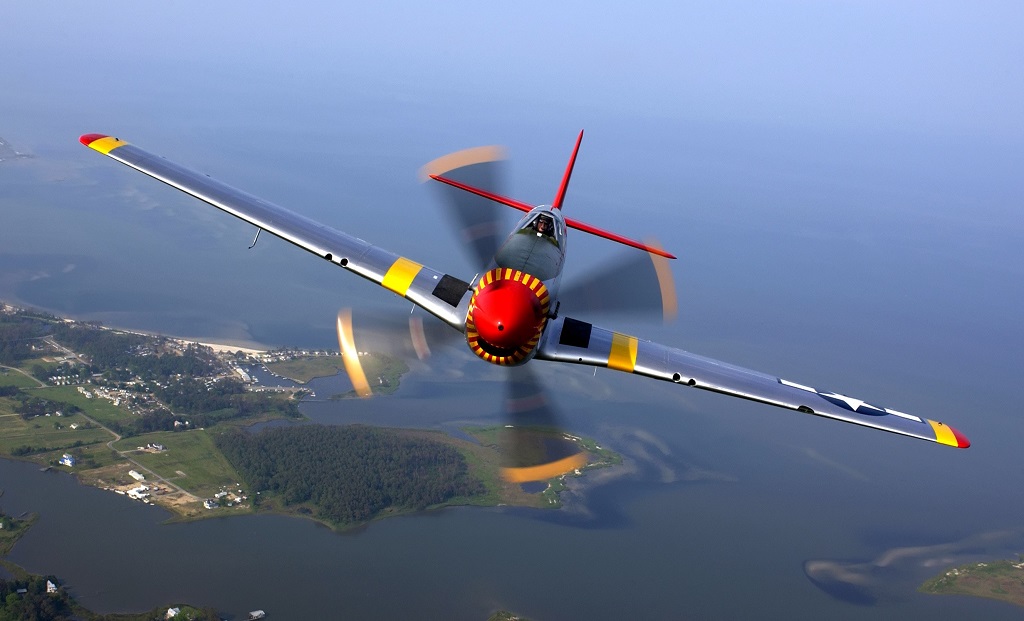How Does Flying a Single Engine Aircraft Different from Multi-Engine Aircraft?

Flying on a different aircraft is a satisfying aspect of being a pilot. There are mainly two types of aircraft that a pilot should learn to fly. These are multi-engine aircraft and single-engine aircraft. To be able to fly them successfully, it is important to get an adequate flying experience under the belt.
In this article, we will give you an overview of flying each of these aircraft.
https://www.flightliteracy.com/ is one of the best places to get the most comprehensive free aviation education resource online. You will find plenty of publicly available manuals and documents for a smooth transition to multiengine flying.
Contents
Single Engine Aircraft
A student pilot always starts learning to fly an aircraft with a single-engine aircraft. One of the examples of this kind of aircraft is the Piper Archer. This aircraft is very easy to operate. It is designed for beginner pilots.
It has fewer controls as well as less complicated systems to use. Flying such single-engine aircraft is considered to be economical, fuel-efficient, and low in maintenance. The majority of single-engine aircraft that you find today come with advanced level technology.
It helps pilots to fly efficiently and safely on board. Such type of aircraft is less complex to operate as compared to multi-engine aircraft.
Multi-Engine Aircraft
Multi-engine aircraft has two engines that make them faster than single-engine aircraft. One of the best examples of such aircraft is the Piper Seminole. Due to the increase in operating speed, a pilot needs to be proficient and well versed in flying multi-engine aircraft.

What Are the Responsibilities of Flying a Multi-Engine?
Flying a more powerful aircraft is a responsible task. A pilot has to look after the following aspects in the cockpit.
- Efficient management of fuel
- Modified aerodynamic principles
- More complex systems
An extra engine proves to be beneficial and safer to operate a multi-engine aircraft. It could act as a backup if any part of the engine malfunctions. The FAA needs extra training for the multi-engine rating.
- Extra Training
- Pilots should receive around ten to fifteen hours of flight time. They can add their multi-engine rating to their existing flying certificate.
Checklist to Fly a Multi-Engine Flight
Here is the important list of tasks that should include in multi-engine flight training.
- Performance and Limitations
- Pre-flight Preparation, Procedures, and Inspection
- Principles of Flight
- Engine Starting
- Cockpit Management
- Before Takeoff Check
- Taxiing
- Normal and Crosswind Takeoff and Climb
- Takeoffs, Landings, and Go-around
- Landing and Normal and Crosswind Approach
- Runway Incursion Avoidance
- Performance Manoeuvre
- Short-Field Takeoff and Maximum Performance Climb
- Landing and Short-Field Approach
- Steep Turns
- Manoeuvring During Slow Flight
- Slow Flight and Stalls
- Power-Off Stalls
- Emergency Operations and Descents
- Spin Awareness
- Engine Failure After Lift-Off (Simulated)
- Engine Failure During The Takeoff Before VMC
- Systems and Equipment Malfunctions
- Emergency Equipment and Survival Gear
- Approach and Landing using an Inoperative Engine
- Multi-engine Operations
- VMC Demonstration
- Manoeuvring with One Engine Inoperative
- Engine Failure During Flight
- Instrument Approach
- Operational costs
Conclusion
Driving different types of complex aircraft will help improve flying skills as well as versatility as a pilot. Flying any aircraft needs a specific level of knowledge and instruction. Good knowledge about the different components of the aircraft and practical exposure to flying them will make it a successful experience.

